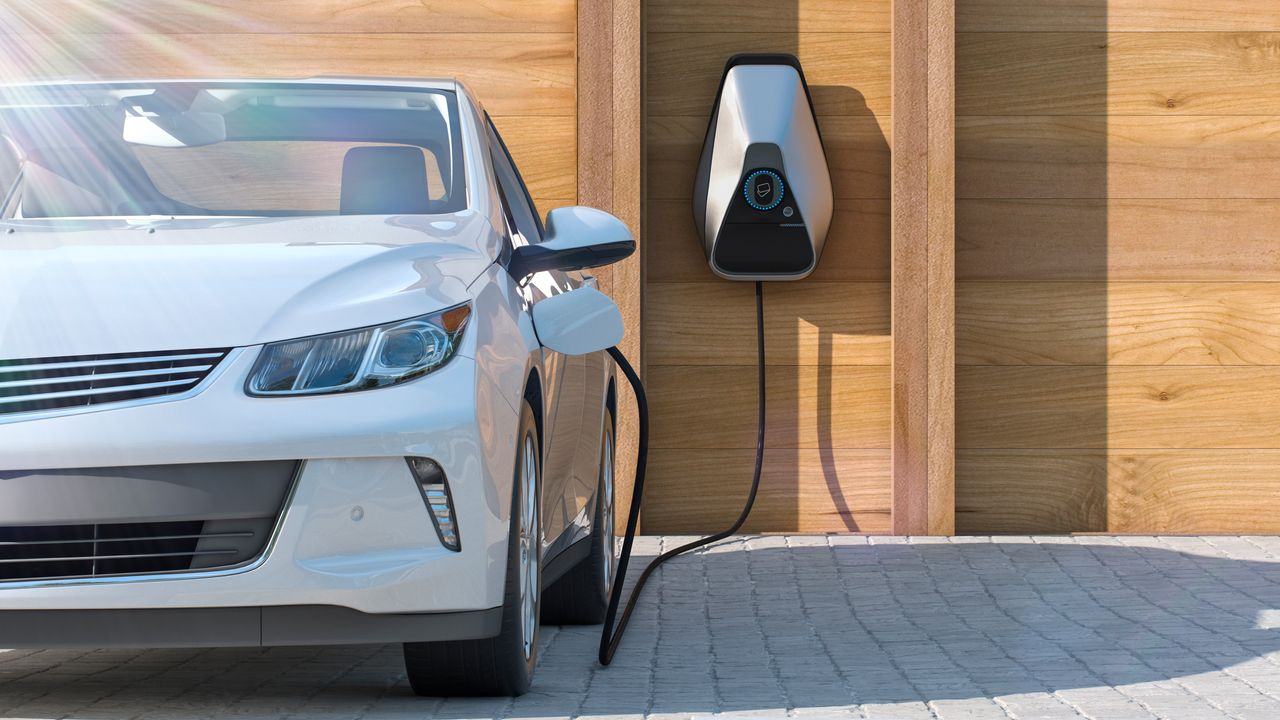Electric Vehicle Adoption Rates and Trends: How Government Initiatives, EV Demand, and Consumer Preferences are Driving Change
The world is changing, and so are our transportation needs. Electric vehicles (EVs) are becoming increasingly popular as people look for ways to reduce their carbon footprint and save money on fuel costs. In this blog post, we will explore the latest trends and adoption rates of EVs, and how government initiatives, EV demand, and consumer preferences are driving change.
Government Initiatives
One of the main drivers of EV adoption is government initiatives. Many countries around the world have set ambitious targets for reducing carbon emissions, and promoting the use of electric vehicles is a key part of their strategy. Governments are offering incentives such as tax credits, rebates, and grants to encourage people to buy EVs. For example, in the US, the federal government offers a tax credit of up to $7,500 for the purchase of a new EV. Some states also offer additional incentives, such as free parking and access to carpool lanes.
In addition to incentives, governments are also investing in infrastructure to support EVs. This includes building more charging stations and improving the grid to handle the increased demand for electricity. For example, California has set a goal of building 250,000 charging stations by 2025. This investment in infrastructure is critical to making EVs a viable option for more people.
EV Demand
Another important factor driving EV adoption is the demand from consumers. As more people become aware of the benefits of EVs, such as lower fuel costs and reduced emissions, the demand for these vehicles is increasing. In fact, according to a recent report by BloombergNEF, EV sales are expected to reach 10 million by 2025.
One of the reasons for the increasing demand for EVs is the availability of more models. In the past, there were only a few EV models available, and they were often expensive and had limited range. However, this is changing as more automakers are introducing EVs to their lineup. For example, Ford recently announced that it will be investing $11 billion in EVs, and plans to have 40 electrified vehicles in its lineup by 2022.
Consumer Preferences
Finally, consumer preferences are also driving the adoption of EVs. As more people become aware of the benefits of EVs, they are starting to prefer them over traditional gasoline-powered vehicles. This is especially true for younger generations who are more environmentally conscious and tech-savvy.
In addition to the environmental benefits, EVs also offer a better driving experience. They are quieter and smoother than traditional vehicles, and they offer instant torque for quick acceleration. EVs also require less maintenance, as they have fewer moving parts than gasoline-powered vehicles.
Conclusion
In conclusion, the adoption of electric vehicles is on the rise, and this trend is being driven by a combination of government initiatives, EV demand, and consumer preferences. As more people become aware of the benefits of EVs, and as more automakers introduce new models, we can expect to see even more growth in the EV market in the coming years. If you are considering buying an EV, now is a great time to do so, as there are more incentives and options available than ever before.
